The ribcage is one of the trickiest parts of the body to align.
Want to know why?
Your ribcage is part of your thorax, which is made up of 12 thoracic vertebrae, 12 pairs of rib bones, and the sternum.
That's a lot of bones with a lot of potential for movement!
And there’s a common habit you might unconsciously practice with your ribcage that makes you think you’re moving all of these bones when you’re not.
What’s this sneaky habit I’m talking about?
It’s thrusting the ribcage.
Thrusting the ribs is a popular move to create “good posture.”
But the thing is, thrusting the ribs doesn’t fix your alignment. It doesn’t move and straighten your spine the way you think it does.
It just takes the bottom of the ribcage and shoves it forward while tipping the rest of the ribcage backward.
Ironically, this move makes good posture more challenging because it makes it harder for the deep back muscles to work, so other muscles compensate, creating tension in the back, neck, and shoulders.
Once you’re aware of this sneaky habit, it gets easier to catch yourself doing it so you can relax rib-thrusting tension.
Your back muscles will thank you!
In today’s video, I’ll show you how to take ribcage thrust out of an exercise called the Swan prep so you can put more upper back benefits into this traditional Pilates move.
After you check it out, I’d love to know how it goes. Make sure to tell me in the comments below.
With ribs aligned,
Sydney
P.S. The adjustment in this exercise is just one example of how focusing on your alignment can radically enhance your results.
Want to learn more but can't make it in person? Don’t let that stop you. Our online studio is always here for you!

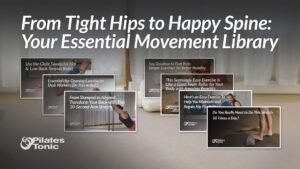
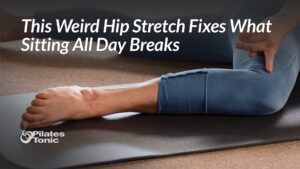
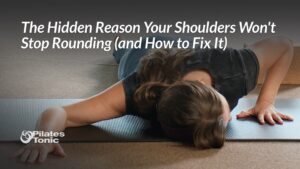
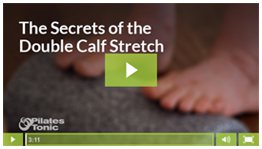

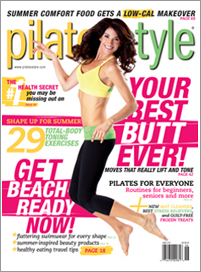
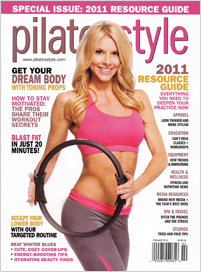
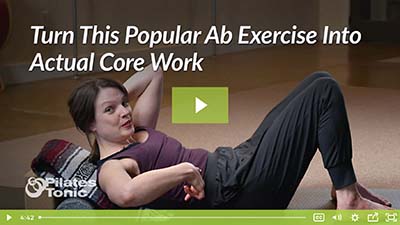
8 Responses
I really liked this variation. As much as I try to keep things in alignment and try to work on my thoracic mobility I do notice that pressure when doing back bends. This relieved a lot of pressure on my lower back I wasn’t really paying enough attention to and my back felt much better after activating those muscles and keeping everything pulled in an more aligned with my hips.
Fantastic, Tiana! Thanks so much for sharing!
My problem with this is it does not look like your thoracic spine or your cervical spine are getting any extension. Which I suspect you know and are not interested in that happening because of the negative aspects extending the spine might’ve on the lower back.
For sure, I understand your concern, Lelie. This is a tough one visually because it exposes how deep the thoracic curve is for most people (myself included!).
This post goes into a lot more detail about what’s happening with the thoracic curve:
https://www.pilatestonic.com/2015/good-posture-is-terrible-alignment-heres-how-to-fix-it/
Thanks for sharing!
Really liked this.
Thank you.
So glad, Diana. Thanks for letting me know!
Hello, is there a way to try a sample pilates class? I am considering subsribing. Thank you
Hi Teo, here are a couple of posts with sample classes:
This one focuses on the psoas, shoulders and neck:
https://www.pilatestonic.com/2023/psoas-shoulders-neck-class-pto-online/
And this one on the glutes and walking:
https://www.pilatestonic.com/2020/your-glutes-were-made-for-walking/
Thanks for your interest!